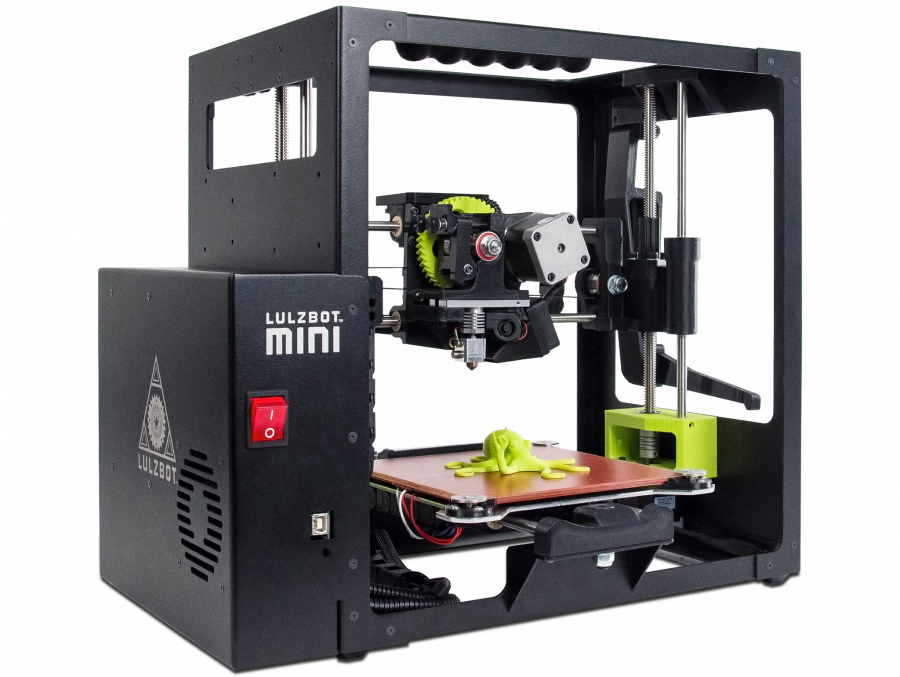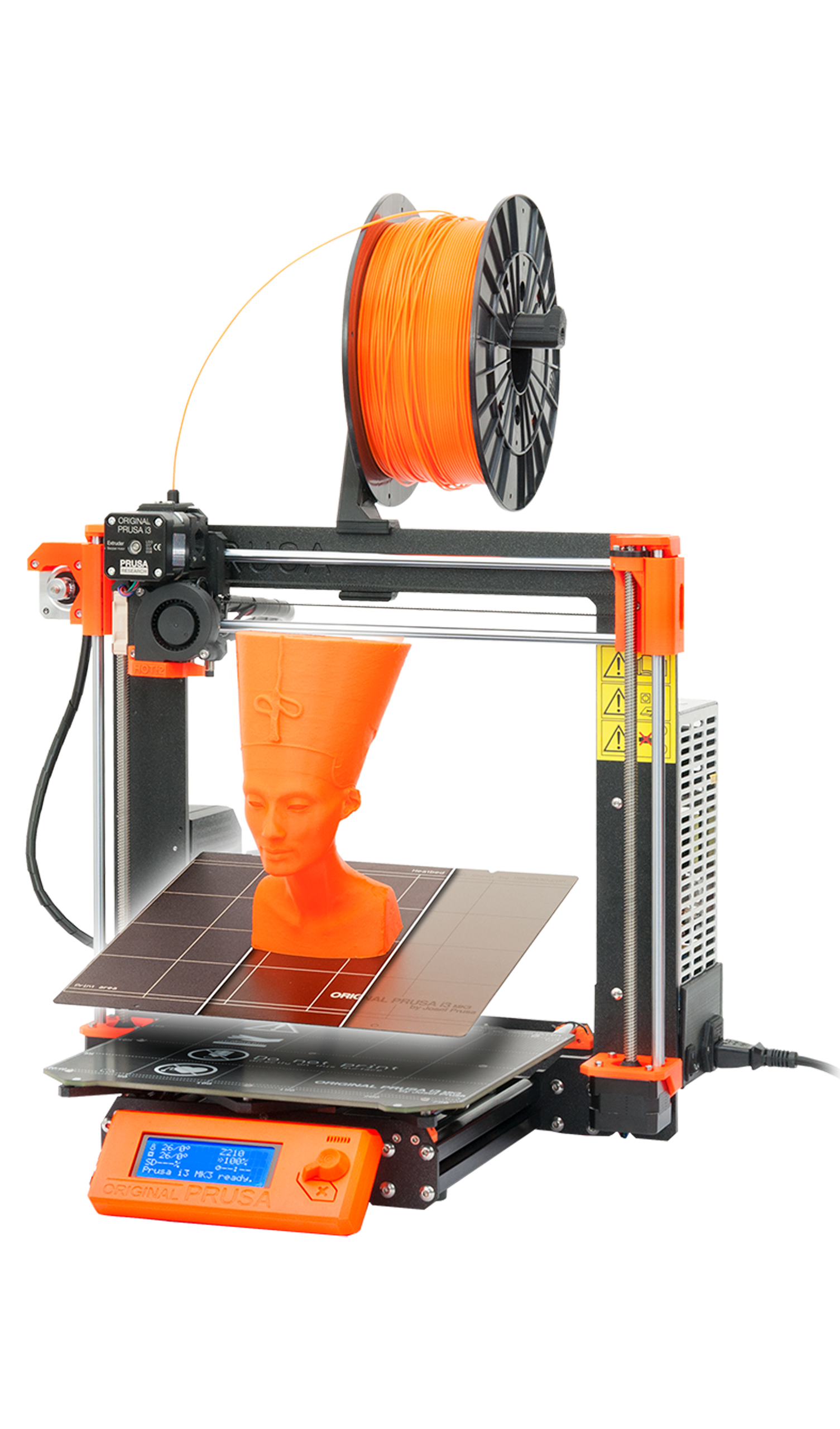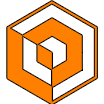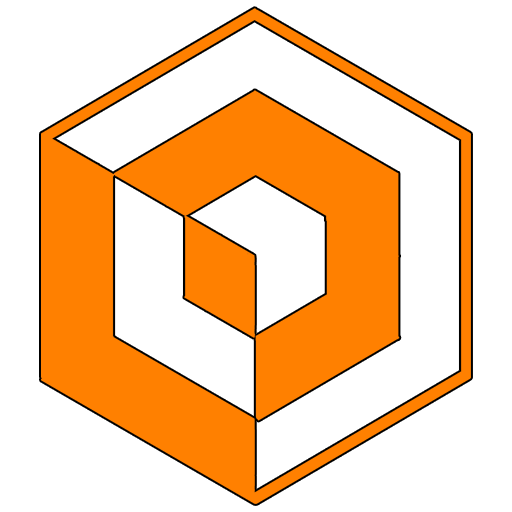
While Additive Manufacturing – or 3D printing by its popular name – took off in the last few years for both hobbyists and commercial use as well, there still a number of questions and answers that one should ask before foraying into this field. Luckily, the 3D printer manufacturer Essentium did extensive research as well as a few surveys on the subject.
When compared to earlier results from the dawn of 3D printing, the findings were definitely improving in favor of the newer technology. Some of the most important results were:
- Speed-to-part – 45%
- High part performance – 46%
- Cost reduction – 46%
The second number shows that there is definitely an advantage to be had in terms of part performance because of the need for a brand new design which most often comes with improvements. Another distinct advantage, which is more straightforward, is the 3D printing’s ability to cut drastically the time to produce prototypes. What used to take weeks or even months in some cases can now be reduced to a few days at most.
Another key point about resulting from the need to redesign parts is that more often than not, it’s possible to design a component that is lighter but at the same time, just as strong as the original/old.
Step by step Additive Manufacturing is paving its way towards becoming mainstream for serial production

Correspondingly, the survey found a couple of drawbacks to Additive Manufacturing. The respondents had a few reservations, such as:
- Unreliable 3D printing materials – 24%
- Manufacturing executives seeing more value after improvements in materials – 98%
- Companies being held back by the high cost of printing materials – 37%
As an obvious conclusion, one can see that materials appear to be holding the key when it comes to the future of 3D printing. There quite a few cases where a component simply cannot be manufactured unless it is made of a specific material… unavailable in Additive Manufacturing.
To summarize, DfAM – Design for Additive Manufacturing – pushes designers to think differently and adapt their principles and processes to the newcomer in the manufacturing industry. However, once that is achieved there is definitely an advantage to either develop in-house 3D printing solutions or use professional engineering services – such as those provided by Nortya Technologies – and companies can really benefit from this new technology.

